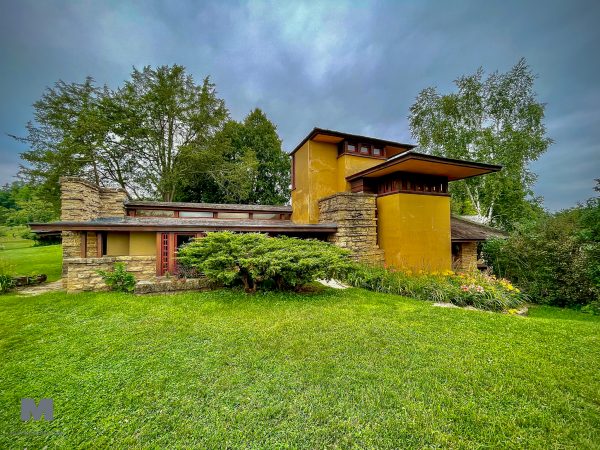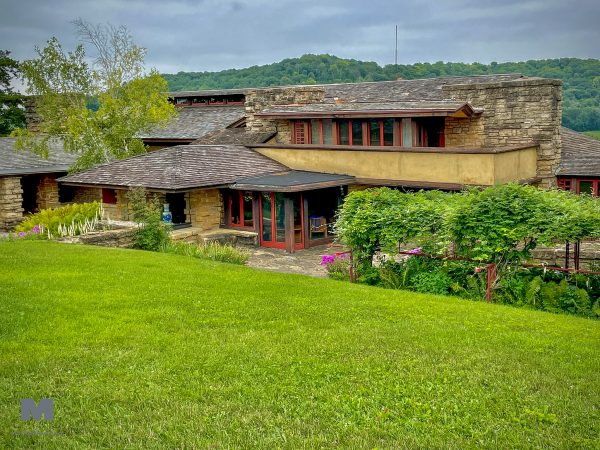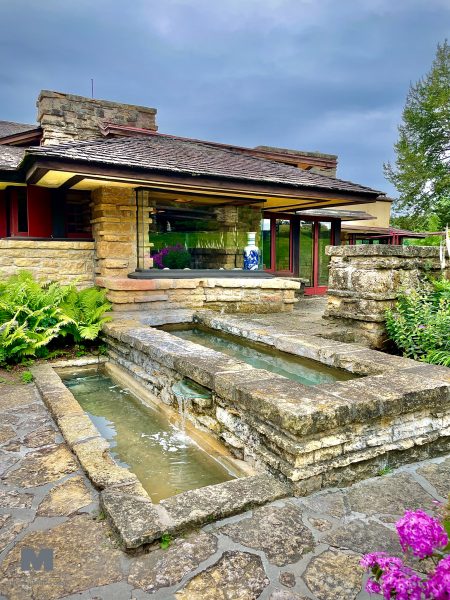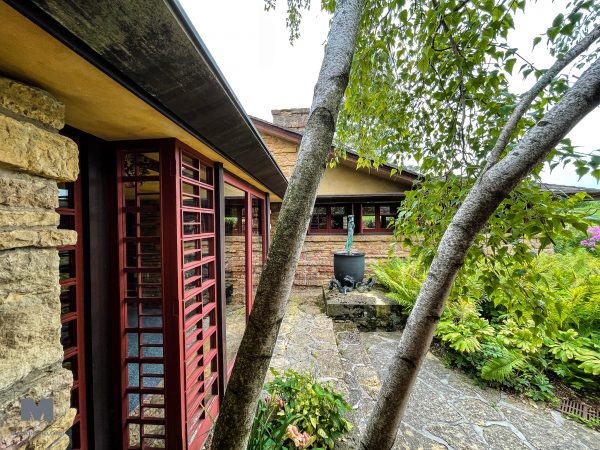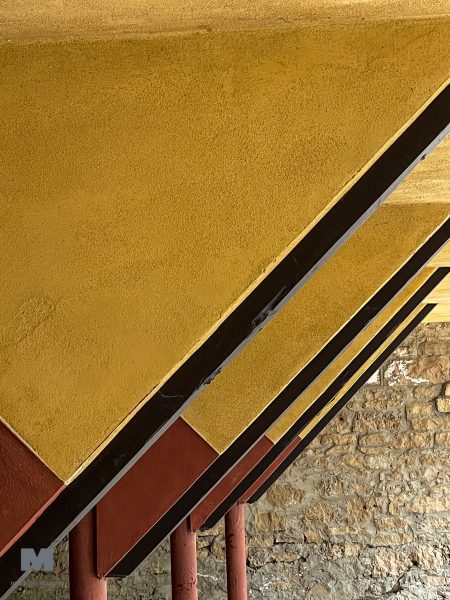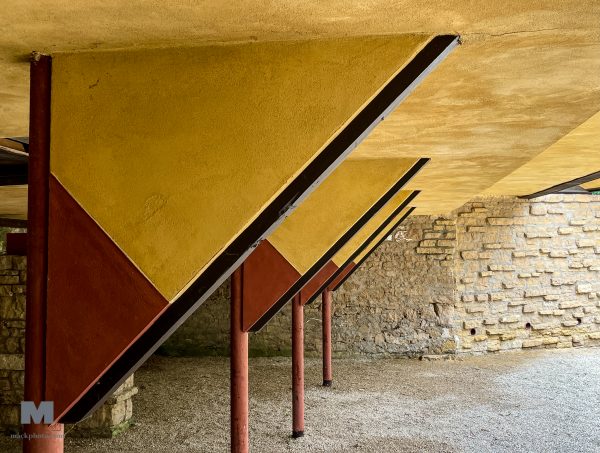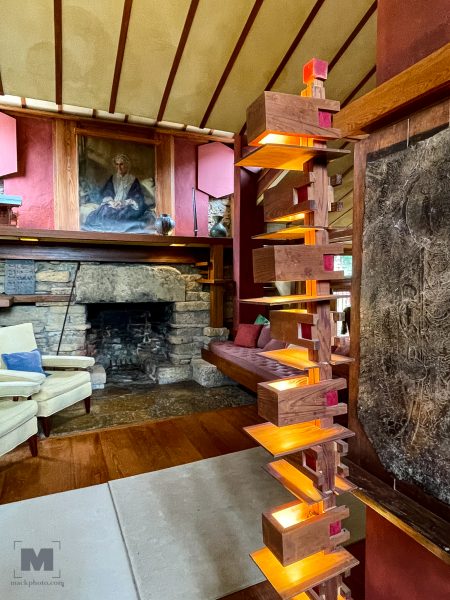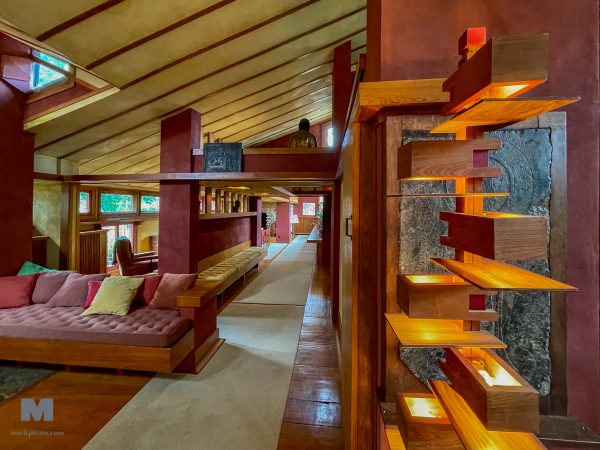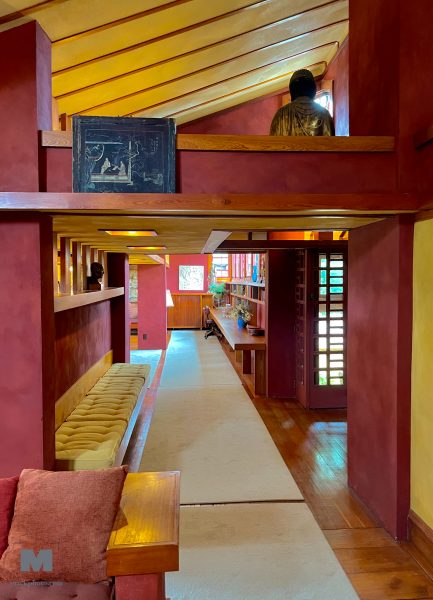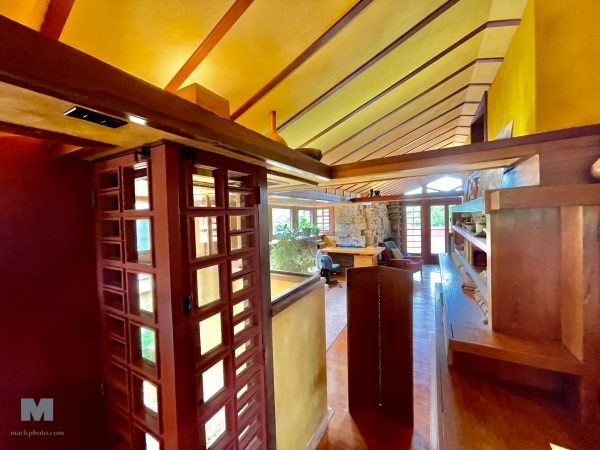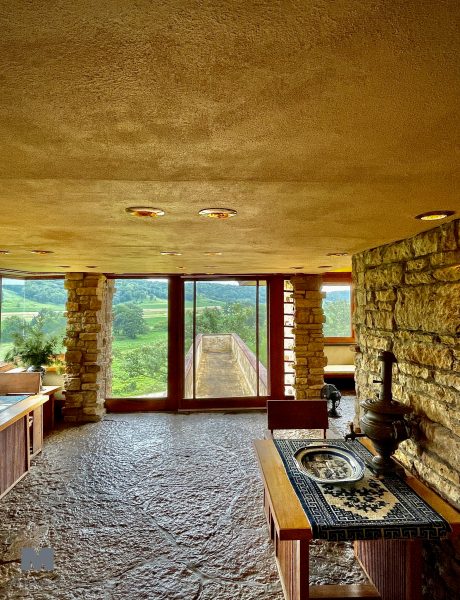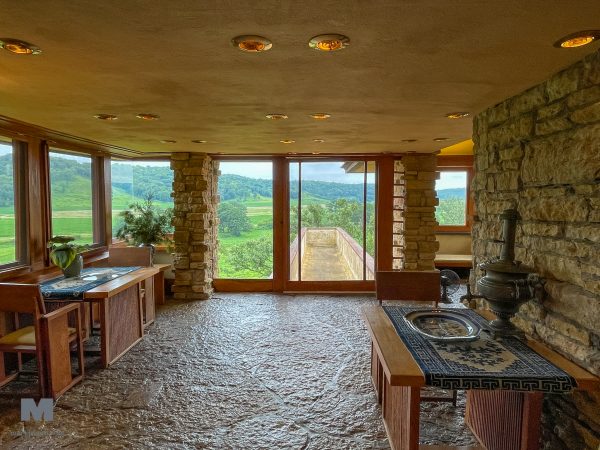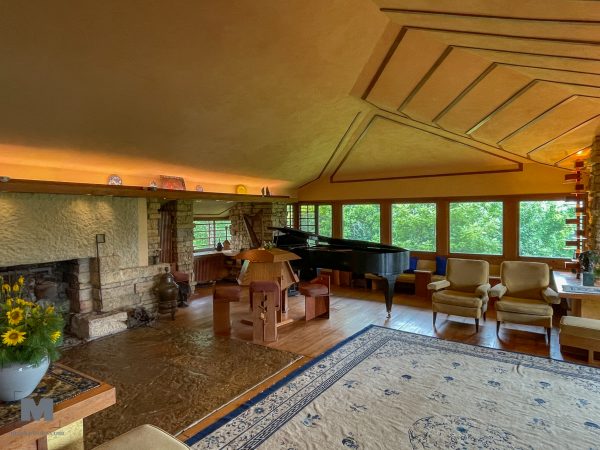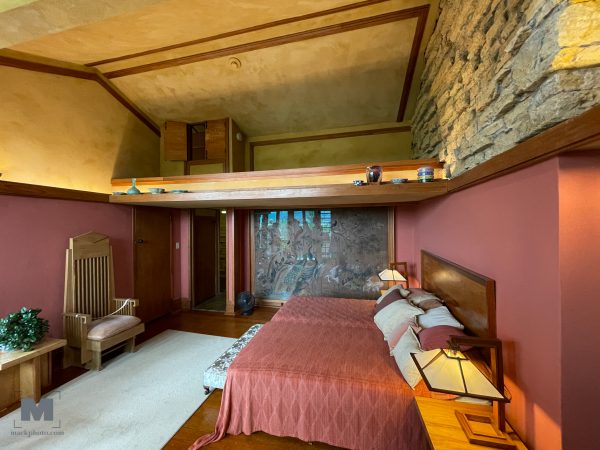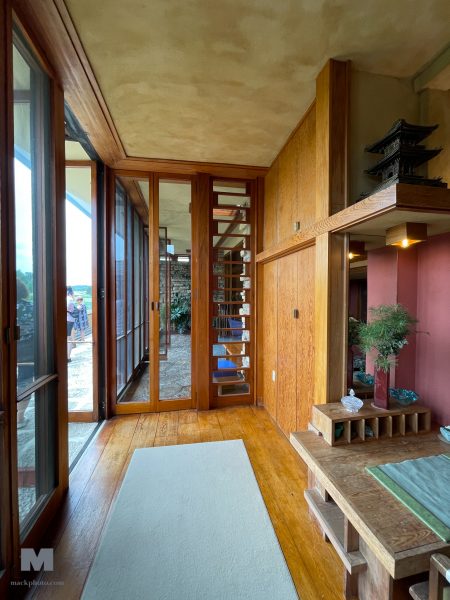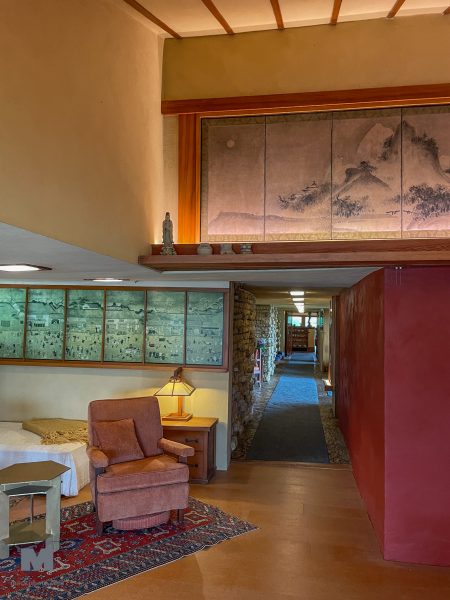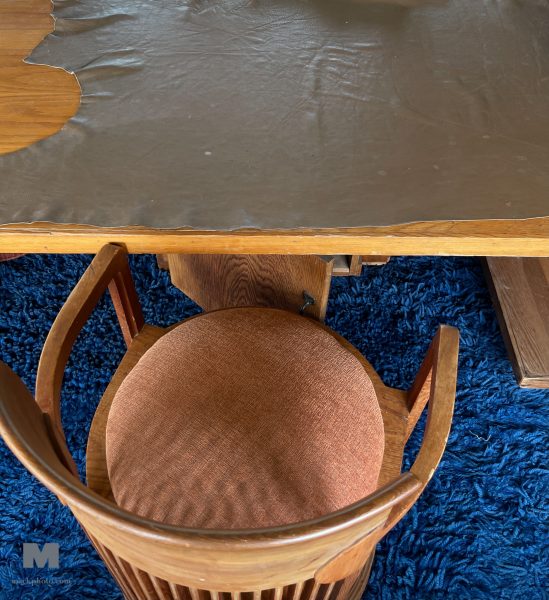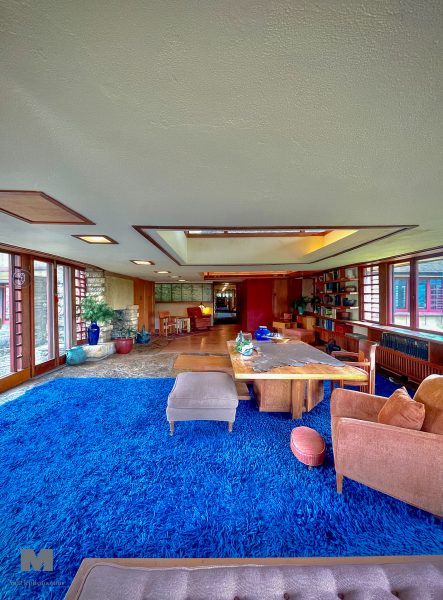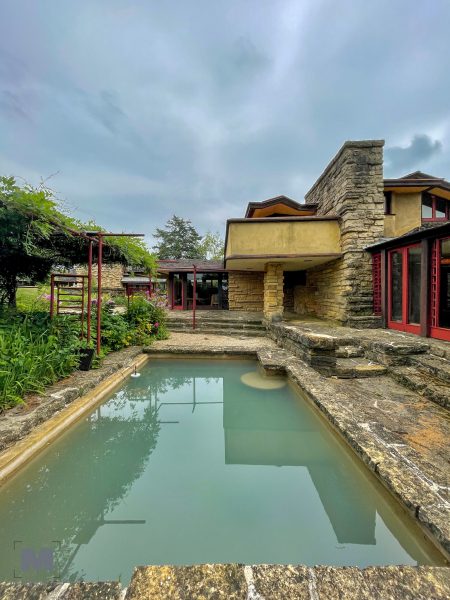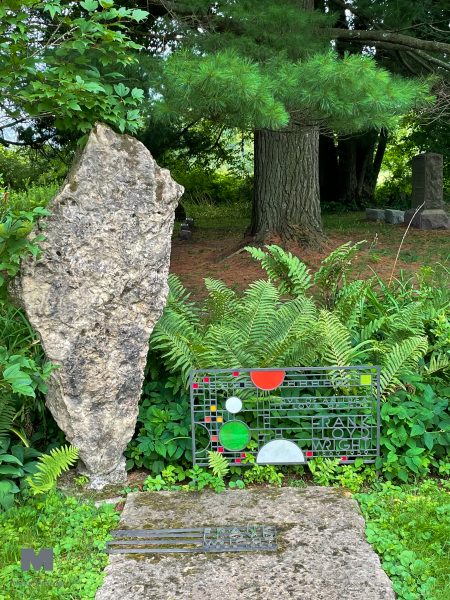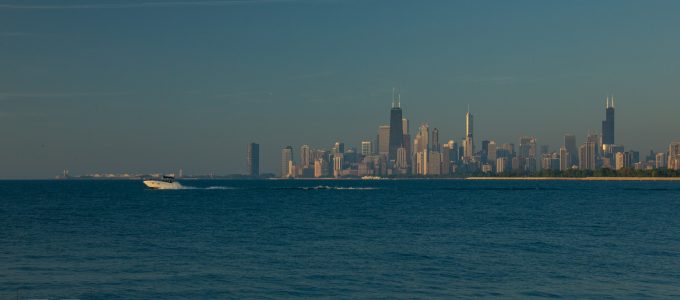What summer trip might you be planning? There are 388 lighthouses around the Great Lakes. They are beckoning you to a great trip of discovery!
It may surprise you in these days of near-universal GPS systems, 300 of the lighthouses are still active aids to navigation. The state of Michigan has more lighthouses along its coastline than any other state in the United States.
Here is the count of many active lighthouses are on the Great Lakes by state and Canadian province:
Ontario – 94
Michigan – 109
Wisconsin – 39
New York – 21
Ohio – 14
Minnesota – 7
Illinois – 8
Indiana – 6
Pennsylvania – 2
Can you name where your states lighthouses all are? Most people can only name a few.
Lake Michigan – 97
Lake Huron – 95
Lake Superior – 75
Lake Erie – 68
Lake Ontario – 53
Follow this link for a map of all Great Lakes lighthouses.
https://gllka.maps.arcgis.com/apps/webappviewer/index.html?id=9e1508ae15f9444f9b960aa42e435951
You can tour many of these lights, and you can at least walk around most of them. Many give you the opportunity not just to make it back to a harbor or around an island safely but make stunning photographs in all types of weather. Every lighthouse was built for a reason, either too many shipwrecks in the area from shoals or shallow water or to aid navigation to harbors.
Get out there and visit these great places, many built more than 100 years ago and still in operation. To learn more about them, visit www.thesweetwaterseas.com and find more information on lighthouses and other places around the Great Lakes. We have lots of links on our learn more page.
Cheers, Richard
*Statistics from the National Lighthouse Keepers Association https://www.gllka.org/faq
United States Lighthouse Society https://uslhs.org/
Source:http://thesweetwaterseas.com/blogsws/LighthousesonGreatLakes
